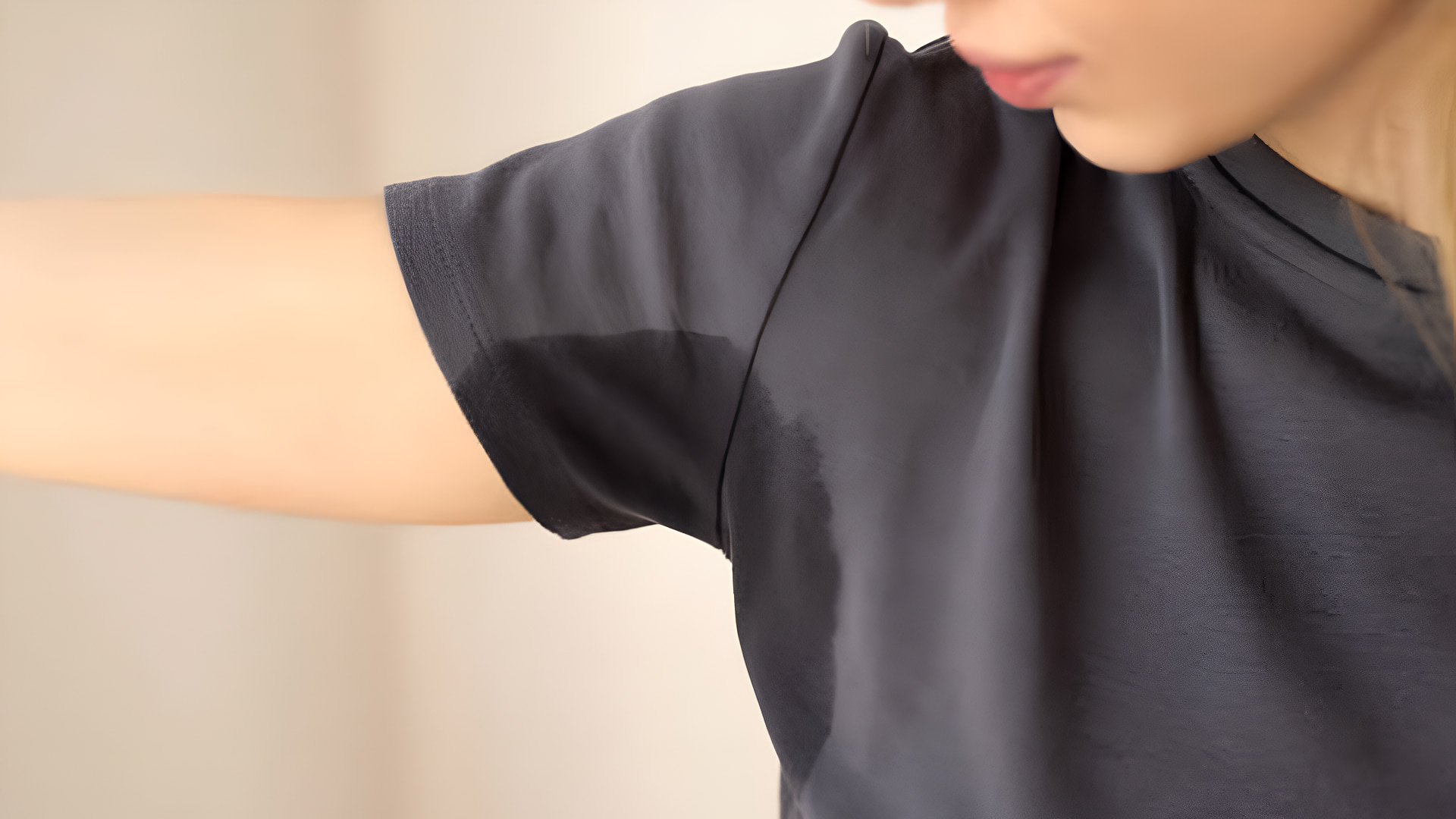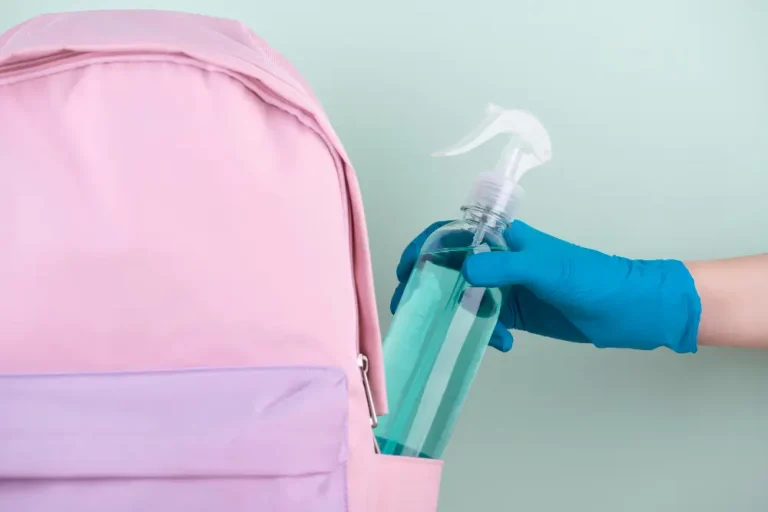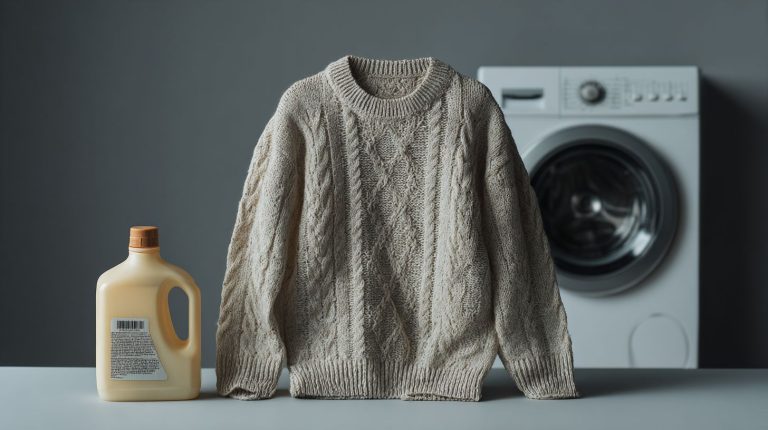How To Remove Sweat Stains From Clothes
Sweat stains are one of those little things that can make a big difference. You put on your favorite white shirt, only to find yellow marks under the arms. It’s annoying, embarrassing, and sometimes feels impossible to fix.
This guide will walk you through how to remove sweat stains from clothes in a way that’s simple and actually works. With the right approach, you can bring your clothes back to life. Whether it’s a white shirt, a colored blouse, or a workout top, there’s a method that works for you.
What Causes Sweat Stains?
Sweat on its own is mostly clear and harmless. The real problem begins when it mixes with ingredients in your deodorant or antiperspirant, especially aluminum.
Many antiperspirants use aluminum to block sweat, but when that aluminum mixes with the natural proteins and salts in your sweat, it creates a chemical reaction.
That reaction leads to the yellow or white stains you often see on shirts, especially in the underarm area. These stains don’t just sit on the surface. They slowly sink into the fabric fibers, making them harder to remove the longer they stay.
Even if you don’t sweat heavily, regular deodorant use and small amounts of moisture can build up over time and damage your clothes. That’s why it’s important to tackle sweat stains early. The sooner you treat them, the better your chances of saving your shirt and keeping it looking fresh.
Why Regular Washing Doesn’t Always Work?
It’s frustrating when you pull a clean shirt from the washer only to see the sweat stains still there. Regular laundry detergents are designed to clean everyday dirt, oils, and surface grime. But sweat stains are different.
They’re the result of a chemical reaction between your sweat and deodorant, especially the aluminum compounds found in most antiperspirants. This reaction creates a buildup that clings tightly to fabric fibers.
Unfortunately, standard detergents aren’t powerful enough to break down these chemical bonds. So, even after several washes, the stains stay put, often becoming more stubborn over time.
If you’ve washed the same shirt again and again and the yellow marks won’t fade, that’s your sign.
The Best Way To Pre-Treat Sweat Stains
If you really want to beat sweat stains, don’t just throw your clothes straight into the washer. Pre-treating is a crucial step that helps loosen the stain before washing, giving your detergent a much better chance of doing its job.
One of the most effective home methods is a simple paste made from baking soda, water, and a few drops of dish soap. This combo works like a charm, baking soda breaks down odor and buildup, dish soap cuts through grease, and water binds it all together.
Use an old toothbrush to gently scrub the paste into the stained area, focusing especially on underarms or collars.
Let the mixture sit for about 30 minutes so it can penetrate the fabric. This soaking time helps lift the stain from deep within the fibers. Skipping this step might leave the stain behind, no matter how strong your detergent is.
Pre-treating is often the key difference between saving a shirt and having to toss it.
How To Get Sweat Stains Out Of White Shirts?
White shirts may look crisp and clean when new, but they’re often the first to show yellow underarm stains. These marks are especially noticeable on white fabric and can make even a freshly laundered shirt appear worn out.
The most effective solution is a homemade paste using hydrogen peroxide, baking soda, and a little water. Hydrogen peroxide acts as a gentle, fabric-safe bleach that lifts stains without the harsh side effects of chlorine. Baking soda boosts the cleaning power while also neutralizing odors.
Apply the paste directly to the stained area and scrub gently with a soft brush or toothbrush. Make sure the mixture gets into the fibers. Let it sit for at least 30 minutes before tossing the shirt into the wash.
This method is especially helpful for those figuring out how to get sweat stains out of white shirts without damaging the fabric. The results? A cleaner, brighter shirt that looks almost brand new.
How To Get Sweat Stains Out Of Colored Shirts Without Fading?
When dealing with sweat stains on colored shirts, you need to be extra careful. Harsh cleaners like hydrogen peroxide can cause fading or discoloration. Instead, turn to a gentler solution, white vinegar.
Mix equal parts white vinegar and water, then soak the stained area for 20 to 30 minutes. This helps break down the deodorant and sweat buildup without harming the fabric. After soaking, rinse the area thoroughly.
If the stain is still visible, apply a paste made from baking soda and water, gently scrubbing it into the fabric with a soft brush. This two-step method is ideal for preserving the look and feel of colored clothes.
It’s gentle, effective, and perfect for anyone learning how to get sweat stains out of shirts without risking fabric damage. With a little patience, your shirt can look fresh and stain-free once again.
How To Get Rid Of Sweat Stains That Have Set In?
Sometimes you don’t notice a stain until it’s been there for weeks. These set-in stains are tougher but not impossible. You’ll need to repeat the treatment two or three times.
Use the baking soda paste and soak the fabric in vinegar water. Gently scrub between each soak. After that, wash the shirt in warm water. Don’t use hot water unless you’re sure the fabric can handle it. Heat can set stains permanently if used too early.

How To Remove Sweat Stains Without Damaging Clothes?
Not all fabrics are created equal, and some need a little extra love. If you’re dealing with delicate materials like silk, wool, or dry-clean-only items, the last thing you want is to damage the fabric while trying to clean it. That’s why testing any stain remover on a small, hidden patch is always the safest first step.
For gentle yet effective cleaning, any oxygen-based bleach is a great option. Unlike chlorine bleach, it won’t break down fabric fibers or cause discoloration. Mix with cold water and soak overnight to gently lift stains without scrubbing or fading.
It may take a bit longer, but this careful approach helps preserve the color, shape, and texture of your clothing. When learning how to remove sweat stains without damaging clothes, patience and the right products make all the difference.
Choose A Detergent With Enzymes
Not all detergents are made the same. Some are designed to target sweat and odor. These often contain enzymes that break down proteins found in sweat. Using these detergents regularly will help your clothes stay fresh and clean.
They’re especially helpful for gym wear or anyone dealing with stubborn body odor on fabric.
Air-Dry First To Avoid Setting Stains
Once you’ve treated the sweat stain, make sure it’s gone before drying. Heat from a dryer can lock the stain in permanently. Always air dry after your first wash. If the stain remains, repeat the cleaning process before drying with heat.
This extra step can save your shirt from becoming a lost cause.
Simple Ways To Prevent Sweat Stains Before They Start
Stopping stains is easier than scrubbing them out later. Here’s how to prevent sweat stains with small habit changes that add up:
Start with your deodorant. Aluminum salts are the main reason sweat turns yellow on fabric, so switching to an aluminum-free formula cuts the chemical reaction at the source. Give it a minute to dry before you pull on a shirt; wet residue transfers straight to the cloth.
Build a barrier on high-sweat days. Disposable sweat guards or a thin cotton undershirt catch moisture and deodorant before they touch your favorite blouse or dress shirt. They’re especially useful under tailored workwear and formal outfits that you don’t want to over-wash.
Rinse fast after heavy sweating. Post-workout (or even after a long commute in summer), run cool water over the underarm area of your tops. A quick rinse loosens salts and deodorant before they dry into the fibers. It takes 30 seconds and saves you from deep-set discoloration later.
Wash promptly; don’t let damp shirts sit in a hamper. Bacteria plus deodorant residue equals set-in stains and odor. If laundry day is still a day or two away, at least pre-soak problem areas or hang items to air out so they dry instead of stew.
Work these habits into your routine, and you’ll rarely wonder how to prevent sweat stains again. And if a stubborn mark still shows up, you already know the safest DIY treatments, or you can hand the piece to The Laundry Hub for a pro-level rescue.
Conclusion
Sweat stains can be annoying, but they don’t have to last forever. With simple tools like baking soda, vinegar, or hydrogen peroxide, most stains come out easily. And if they don’t, you can always get help from a pro.
At The Laundry Hub, we handle even the toughest stains with care. If you want your clothes to look new again without the stress, our expert laundry team is just a visit away.
Contact The Laundry Hub at [email protected] or call +9718005482. Visit us at 02, Fatima Al Suweidi, UAE, for expert sweat stain removal and professional care you can trust.
Frequently Asked Questions
How do you remove sweat stains without using harsh chemicals?
You can clean sweat stains naturally using ingredients like baking soda, white vinegar, or lemon juice. Baking soda helps lift buildup, vinegar breaks down deodorant residue, and lemon juice has mild bleaching properties. These options are gentle on fabrics and safe for people with sensitive skin. Always test a small area first to ensure the fabric doesn’t react before treating the entire stain.
Can you get sweat stains out of silk or delicate fabrics?
Yes, but you need to be extra careful. Avoid scrubbing and harsh chemicals. Mix a mild solution of cold water and an oxygen-based bleach, then dab it gently onto the stain using a soft cloth. Let it sit for a few minutes, then rinse with cold water. For very delicate fabrics like silk, professional dry cleaning is often the safest option to avoid damage.
Do sweat stains come out better with hot or cold water?
Cold water is usually best for treating sweat stains, especially before they are washed. Hot water can set the stain permanently if used too early. Start with cold or lukewarm water to loosen the residue, then wash according to the fabric’s care instructions. Only use warm water after the stain is mostly removed and you’re sure the fabric can handle the heat.
Are there detergents specifically made for sweat and odor removal?
Yes, some detergents are formulated with enzymes that target proteins in sweat and body oils. These enzyme-based detergents are effective for gym clothes and heavily used shirts. Using them regularly can help prevent sweat stains and lingering odors from setting into fabric. Check labels for enzyme content or products designed for sportswear and odor removal for best results.
Can you prevent sweat stains without changing deodorants?
Yes, even if you use regular deodorant, you can reduce stains with simple habits. Let deodorant fully dry before dressing, wear an undershirt or sweat guards, and rinse shirts quickly after heavy sweating. These steps reduce aluminum and sweat buildup on fabric fibers. Consistent washing and pre-soaking problem areas also help prevent yellow marks from forming over time.







